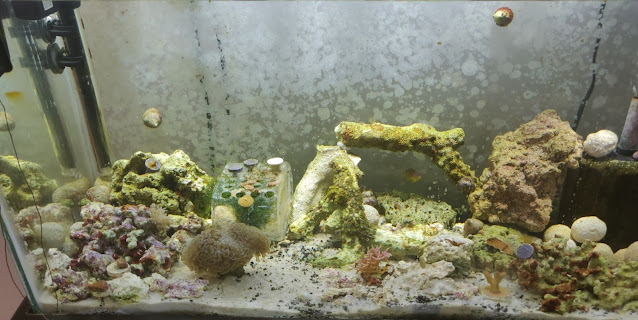Hi Friends! Today I am going over how we categorize coral in the hobby. The three main groups we use are: 1. SPS (Small polyp stony coral) 2. LPS (Large polyp stony coral) 3. Softy I will go over each of these categories in their own posts for more specific care and details. Things change often in the hobby and one of the more typical changes is how a coral is named and classified. These are not hard rules. Instead it is a tool to assist people in the hobby. SPS coral are what a lot of people imagine when they think about a coral reef. It is typically seen as a "reef builder" and it makes up a lot of the structure on the reef. The small polyps sit over a calcium carbonate skeleton. As the polyps stretch and expand towards the light they secrete the materials to grow their skeleton and tissue. Here are two examples close up. Below is a green Acro with small polyps. Above is a red Monti. Typically the calcium carbonate skeleton grows first, followed closely by th...



